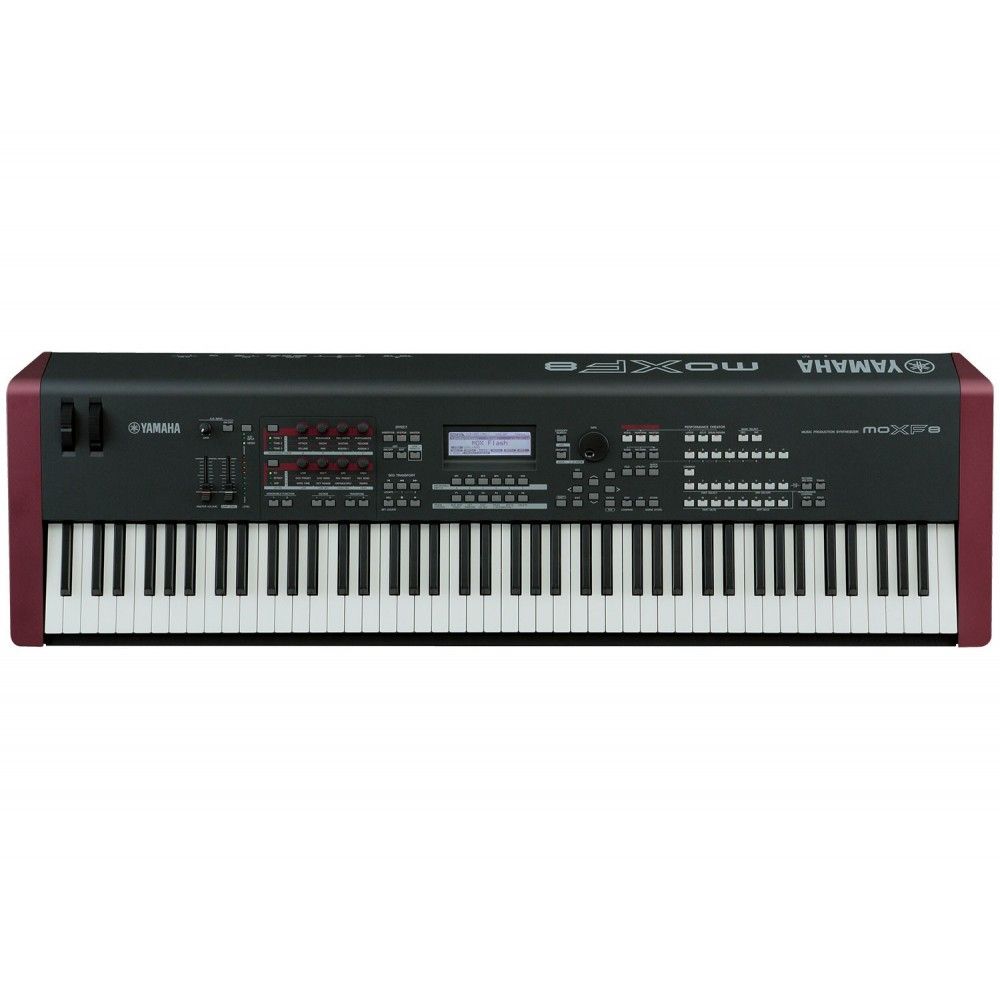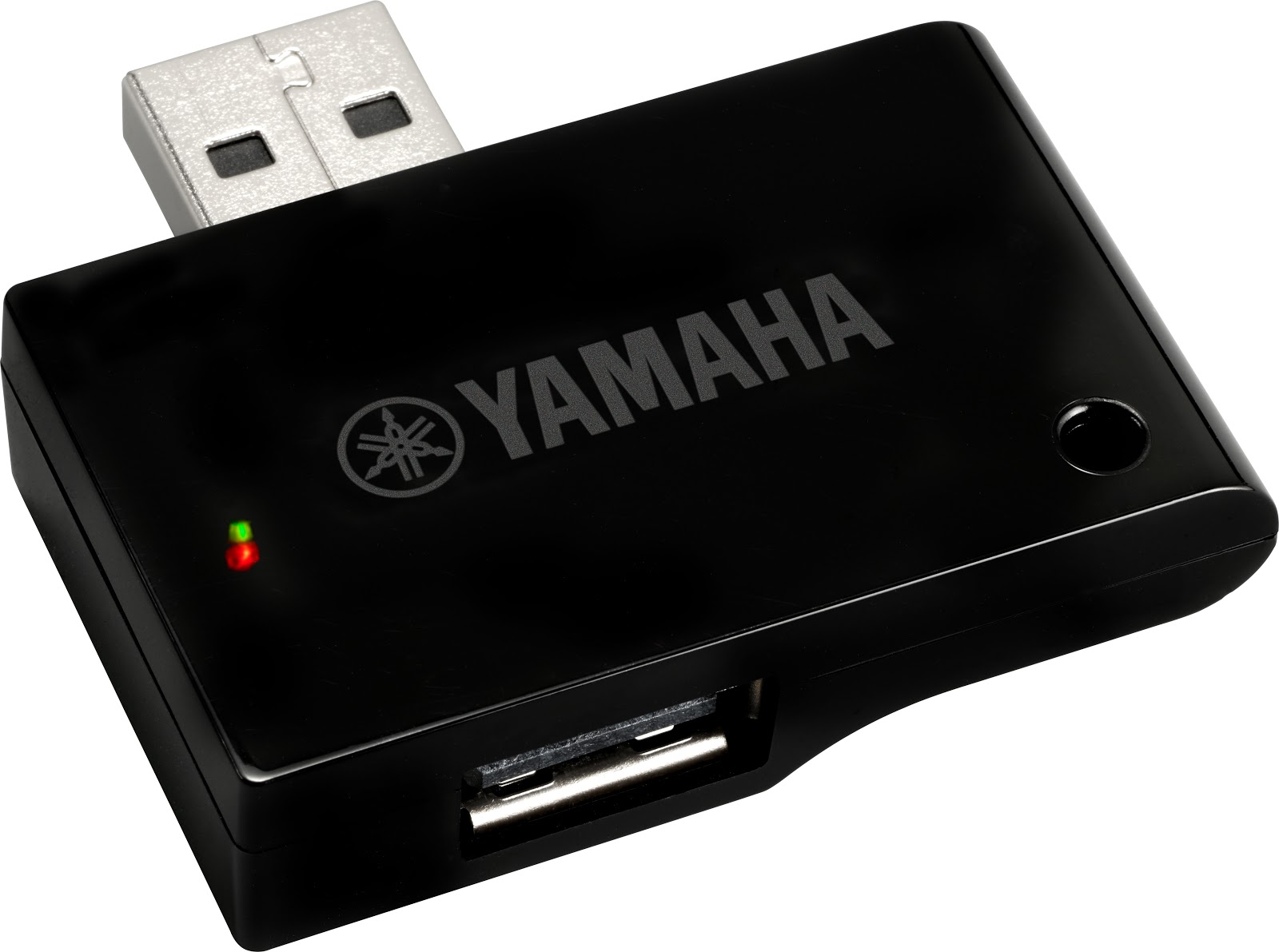
- #Yamaha moxf8 midi driver for mac how to
- #Yamaha moxf8 midi driver for mac install
- #Yamaha moxf8 midi driver for mac generator
- #Yamaha moxf8 midi driver for mac drivers
- #Yamaha moxf8 midi driver for mac series
Port 2 contains MIDI messages that can operate the DAW interface (note-on commands and control change messages are used to open and close screens and operate various functions). Again, installing the MOX6/MOX8 Extension (part of the Remote Tools package), makes this setting automatically. Here the "Yamaha MOXF6/MOXF8-2" (Port 2) should be selected as both the MIDI IN and MIDI OUT PORTS. The MOXF is automatically selected as the REMOTE CONTROL device. On this same DEV ICE SETUP screen, click on the " REMOTE DEVICE" folder. But nothing but the specific MIDI ports that send Note-on, data should be marked! If you connect an external controller device to the MOXF's 5-pin MIDI IN jack, you would mark "Yamaha MOXF6/MOXF8-3" (port 3). Of the Ports appearing for the MOXF6/MOXF8 only Port 1 concerns the MOXF as a Input device. Only PORTS that are legitimate MIDI INPUT devices should be marked here. This is the PORT on which the MOXF will communicate musical MIDI data to and receive data from the computer. In the "IN 'ALL MIDI INPUTS'" column - the "Yamaha MOXF6/MOXF8-1" (port 1) is marked. The information will be the same but the look and markings may be slightly different).
#Yamaha moxf8 midi driver for mac series
in series 9) > MIDI > MIDI PORT SETUP (The first screenshot shown below is from a Macintosh computer the second shows the same for Windows computer. Go to DEVICES (called “STUDIO” in Cubase series 9) > DEVICE SETUP. This will create an empty Project for this experiment.įor this article, let's verify those settings: Select the EMPTY Template (found under the "MORE" options).

This is important because it will automatically setup the driver and make the important setup functions for you. You are asked this because you installed the MOXF6/MOXF8 Remote Tools (extensions).
#Yamaha moxf8 midi driver for mac drivers
We will use Cubase AI in our example but you can pretty much substitute any DAW that can utilize an ASIO driver.ĭuring the launch you maybe asked if you would like to use the MOXF6/MOXF8 as your Master ASIO device (this will depend on what you have already installed on your particular computer - as Cubase boots up it scans all available drivers for audio and MIDI). _ Call up PERFORMANCE: USR2:051(D03) Dark Continent _ Make sure that "MIDI Sync" is set to "INTERNAL" and "SeqCtrl" (Sequencer Control) is set to "IN/OUT"įor this basic experiment we want the MOXF to run on its own clock (later we will deal with synchronizing the MOXF's MIDI clock to the MIDI clock of Cubase) (AUDIO signal as opposed to MIDI signal).

We will need this because we are going to be generating audio signal to be sent to Cubase.
#Yamaha moxf8 midi driver for mac generator
Local Control will allow the MOXF keyboard to trigger the MOXF tone generator directly. _ Make sure that "LocalCtrl" (Local Control) is set to ON While in, let's verify the following MIDI settings:
#Yamaha moxf8 midi driver for mac how to
In our first example, we are simply going to be playing the MOXF while in PERFORMANCE and show how to route the signal to the computer and record to Cubase Audio Tracks. _ Press INFO to view the routing (signal flow) _ Set MODE = 2StereoRec (Dual Stereo Record Outputs) In the signal flow chart below, you can see that USB1/2 and USB3/4 are being 'bused' to the DAW (Cubase). An audio "bus" simply is a means to transport audio from one place to another. This will allow us to send audio from either pair of MOXF audio buses (USB 1/2 and USB 3/4). If not already set this way make sure the DIRECT MONITOR SWITCH for both "A/D In&Part" and "Part" are set to ON. Later we can look at recording MIDI data, first let's concentrate on AUDIO (after all, it precedes the invention of MIDI by several years!)

In this routing tutorial we will route audio to Cubase from a PERFORMANCE (simple basic) and we will use it to record audio to Cubase. This way you can see, learn, and understand how the signal is routed. We will keep this first tutorial basic and forego using the MOXF6/MOXF8 Editor Standalone/VST (for now).

#Yamaha moxf8 midi driver for mac install
* Install the MOXF Extensions (MOXF6/MOXF8 Remote Tools version 1.0.4) * Cubase AI7 (or later) installed and updated * Mac currently at version 1.9.10-2 (or later) * Windows currently at version 1.10.0 (or later) Install the Yamaha Steinberg USB Driver (YSUSB) version for your particular computer operating system: The MOXF6/MOXF8 connected to your computer via a USB cable (provided) For this basic tutorial all you need are the following: Let's connect the MOXF6/MOXF8 to your computer and learn about how audio is being routed and how to ensure that the signal is properly received on an audio track. The MOXF features a built-in AUDIO Interface - this means setup to record to a computer is EASY.


 0 kommentar(er)
0 kommentar(er)
